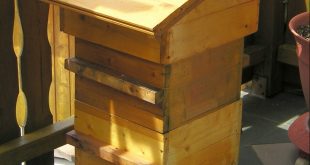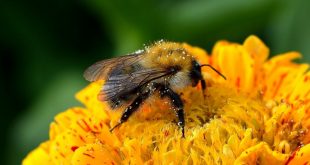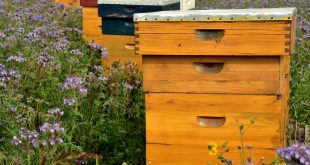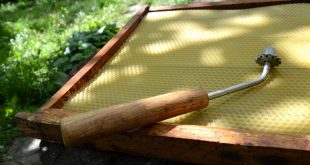Discover the Warre Hive, designed for natural beekeeping enthusiasts. Our beginner's guide provides an in-depth introduction to this hive type, known for its simplicity and bee-friendly design. Ideal for those who prefer a hands-off approach, the Warre Hive mimics the bees' natural living environment. Learn about its structure, management techniques, and how it differs from other hive types. This guide is perfect for new beekeepers who are exploring sustainable and bee-centric methods.
Read More »Taktic Bee Treatment for Combatting Varroa Mites
Discover the complexities of using Taktic for Varroa mite control in our latest article. While Taktic, with Amitraz, has been a game-changer in some regions, it's not without its challenges. Learn about its application methods, the importance of correct dosing, and the debate over its use due to resistance and safety concerns. Dive into the discussion and make informed decisions for your apiary. #Beekeeping #VarroaMites #Taktic #PestControl #BeeHealth
Read More »Pollen Traps: Capture Pollen Efficiently
To collect pollen, beekeepers use pollen traps. This is an equipment that is placed into the hive entrance and forces the worker bees to crawl through tiny openings as they enter the hive. These tiny openings strip the pollen from the worker bees’ legs which will then fall into a …
Read More »How to Assemble a Langstroth Beehive
Beehives are available to beekeepers in various designs, and perhaps the most popular design is the Langstroth beehive. Beehive manufacturers sell most beehives unassembled. This makes it necessary for beekeepers to know how to assemble a Langstroth beehive if it is their preferred choice. Experience in assembling a Langstroth beehive will also comes in handy when beekeepers have to put together a beehive built in any of the other two common beehive designs.
Read More »Uses of Wax Spur Embedders in Beekeeping
Wax spur embedders are great for wiring frames. Wired beehive frames are part of both traditional and modern beekeeping. A wired frame is strong and keeps its foundation straight. Supported foundation is readily accepted by honeybees than other foundation. Let us look at the best wax spur embedders available right …
Read More » BeeKeepClub Resources and Guides for Beekeepers
BeeKeepClub Resources and Guides for Beekeepers




